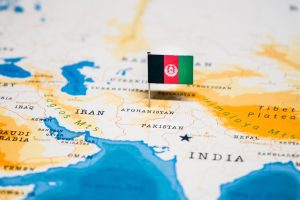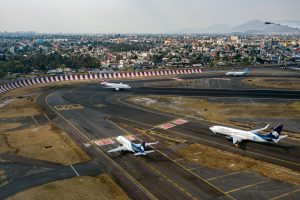All children should have access to a free and high-quality primary education, says the International Monetary Fund (IMF).
As a result of this recognition, the Millennium Development Goals included the objective of universal primary education by 2015.
That objective was not achieved. Unfortunately, World 2030 also seems out of scope for many underdeveloped nations.
So, which country has the worst education system?
It’s not just a country, but an entire region – Sub-Saharan Africa – that has the worst education system in the world.
One country in particular, Niger, has people who’ve received less than two years of education in total.
It is the largest West African nation and remains the fastest-growing as well in the number of people and illiteracy.
Table of Contents
How bad is the education system in Niger?
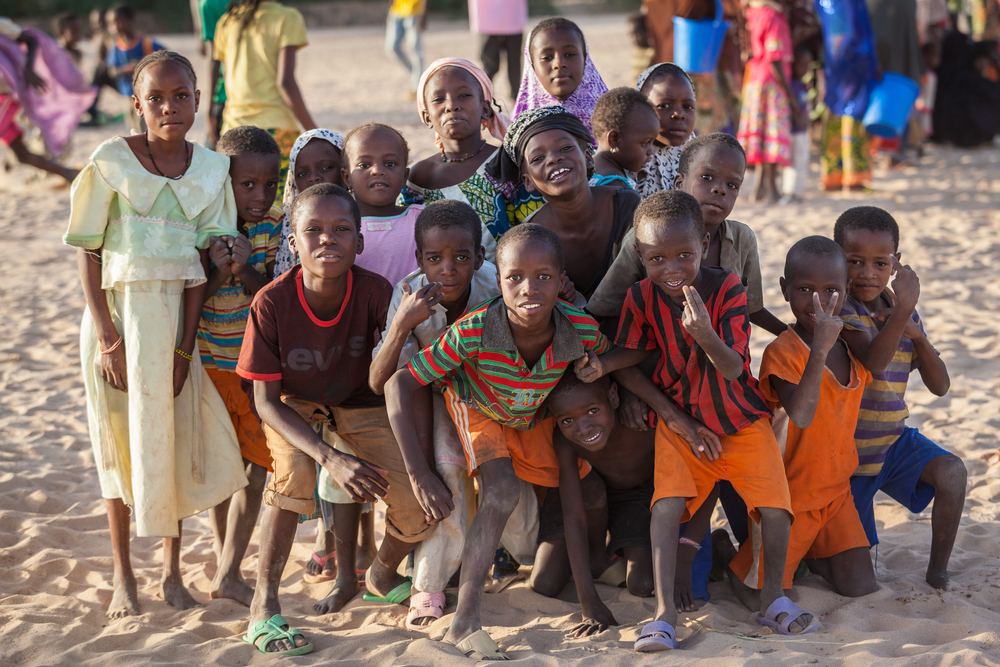
Niger is a country of 21 million people in West Africa, with a typical schooling time of just 1.5 years.
As the world’s most illiterate nation, only 5.2 percent of Niger’s residents have completed higher education, and over a third of those who attend primary school drop out.
Who does Niger’s poor education system affect the most?
The situation is exacerbated for young women in Niger due to the high prevalence of females without formal education.
More than 70% of the country’s most disadvantaged female children were illiterate in 2012. Students who were able to afford to attend had a difficult time keeping up with the cost of textbooks and other school supplies.
To achieve gender equality and peace in the world as well as more and better opportunities in life and work for people, education for all – especially women – is essential.
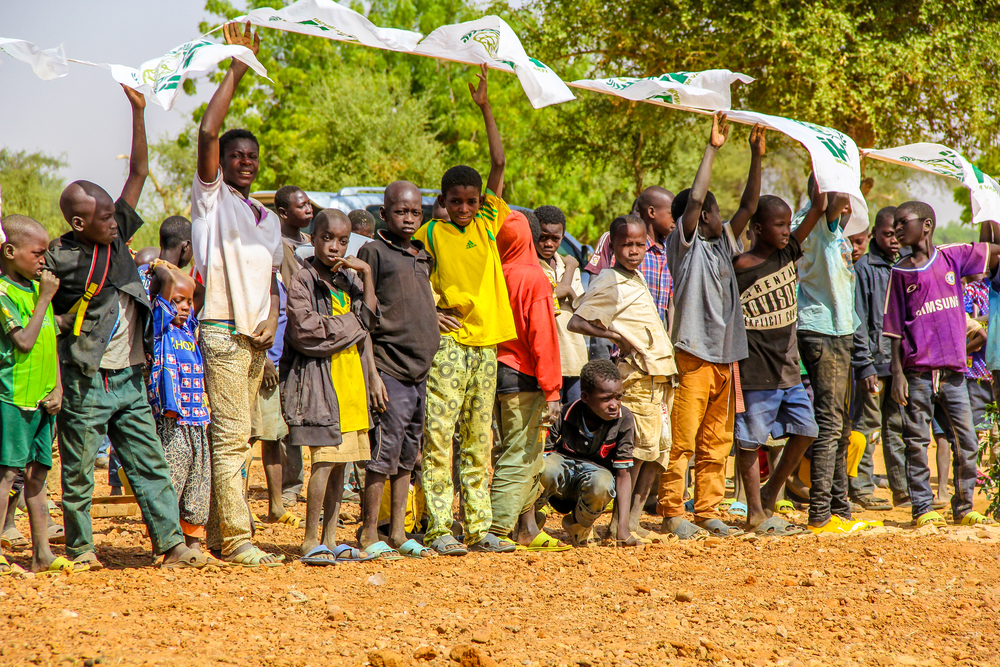
It is predicted that Niger’s population will continue to expand over the remainder of this century, according to current projections.
By 2041, it will have 50 million residents, and by 2068, it will have 100 million. More than 163.2 million people are predicted to live in Niger in 2099.
How are disabled children in Niger and other poor countries impacted by a bad education system?
Disabled children are particularly vulnerable to the effects of poverty. Only 5% of African children with learning disabilities who require special education are enrolled in school, compared to 70% who could attend if the schools offered the appropriate facilities.
Even with increased resources, parents may still choose to keep their disabled children home to beg rather than send them to school to learn how to read and write.
Why is Niger growing so rapidly?
Niger’s population has grown at a pace of less than 3% in the past few decades. Since 1990, the annual population growth rate has been above 3%.
Throughout 2020, the population rose by 3.84 percent, adding an estimated 896,000 people to the total population.
Niger had a fertility rate of 6.95 children born per woman, which was among the highest in the world.
As of 2019, 7.27 births per woman was the rate. As a result of Niger’s high fertility rates, the median age of its population is 15.2.
Which country has the second-worst education system?

With an approximate net basic enrollment percentage of 36, Burkina Faso is also a poverty-stricken country in West Africa with a poor education system.
In 2008, the literacy rate in Burkina Faso was 25.3%, and 26.5% of students aged 6 to 14 were enrolled in school.
The bulk of schools is run by religious organizations. There is a shortage of textbooks, chairs, and tables at these underfunded schools and these educational institutions often provide subpar instruction.
Is poor education linked to a country’s overall economy?
The quality of a nation’s academic structure has a direct impact on its overall economic standing and well-being, even though educational levels vary from country to country.
There is often a better quality of education available to people of developing countries compared to citizens of less developed countries.
A country’s general well-being is directly linked to its educational system.
How bad is Africa’s education crisis?
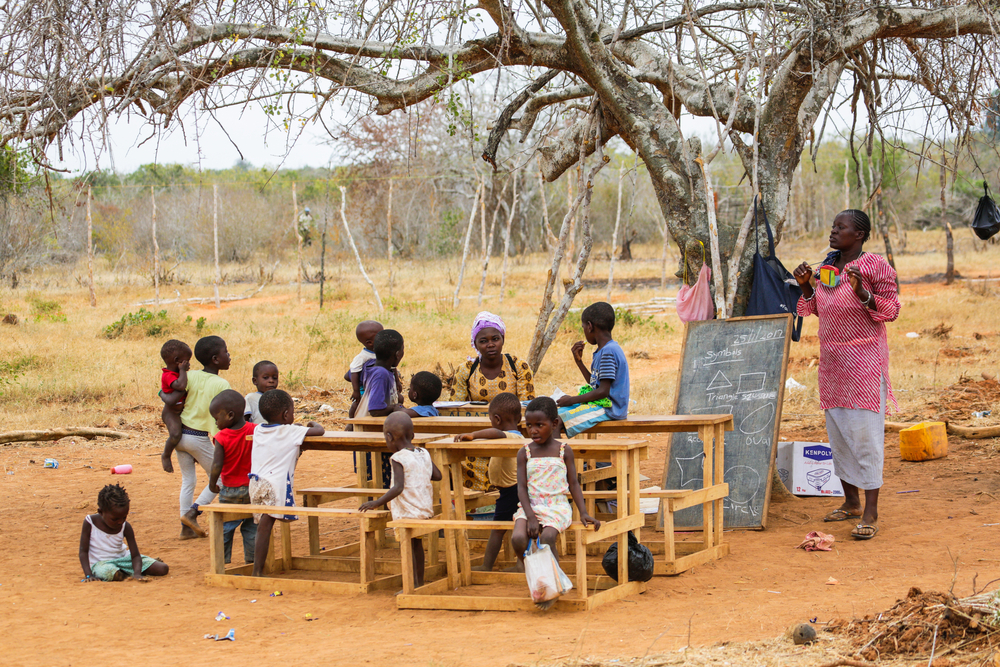
More people in Sub-Saharan Africa do not have access to formal education compared to any other region.
One-fifth of children from ages 6 to 11 are not in school, followed by a third of teens between ages 12 and 14.
Nearly 60 percent of those between the ages of 15 and 17 are not enrolled in school, according to UIS statistics.
As the region’s school-age population continues to grow, the need for education is expected to increase.
Without immediate action, the situation will deteriorate.
What is UNESCO doing to help?
The United Nations Educational, Scientific and Cultural Organization (UNESCO) places a high value on education in Africa.
Because of these difficulties, the UIS has developed indicators to assist governments and other stakeholders in addressing them.
The UIS, for instance, keeps track of how many schools lack necessities like electricity and drinkable water.
They also track classroom circumstances such as textbook availability, average class size, and the incidence of multi-grade classes.
The Institute also collects data on teachers’ training, recruiting, and working conditions because seven out of ten countries are experiencing a teacher shortage.
Why is UNESCO prioritizing the education of girls in particular?
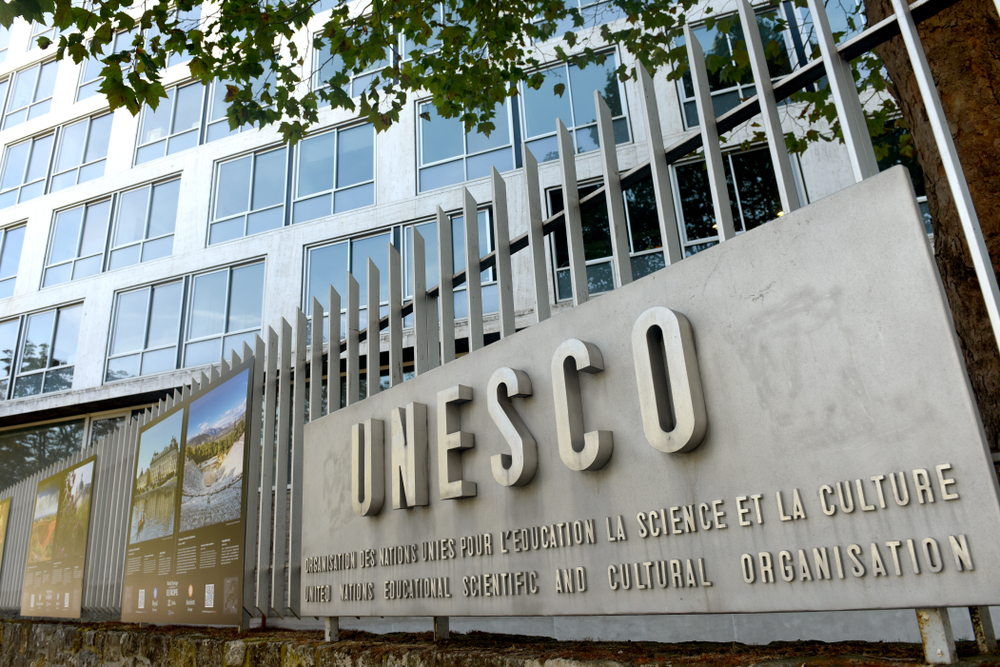
UNESCO is strongly emphasizing girls’ education. According to UIS data, 9 million girls in the region between the ages of 6 and 11 will not attend any school at all.
This compares to 6 million boys who will not attend school either.
The disadvantage they face begins early: 23% of females and 19% of males have not completed elementary school.
Girls are excluded at a rate of 36% – compared to 32% of males – by the time they reach adolescence.
What else is being done to lessen the gap between male and female students?
Accordingly, the United Nations Institute for Statistics (UNIS) produces gender parity indexes and develops specific indicators related to the availability of separate toilets for female students and the presence of female teachers, both of whom can serve as role models and encourage the continuation of female education.
One way the UIS aids governments, donors, and civil society organizations in achieving SDG 4 and reaching the world’s most marginalized children and youth is by providing these and other support services.
What are the main reasons for the lack of education in poor countries?
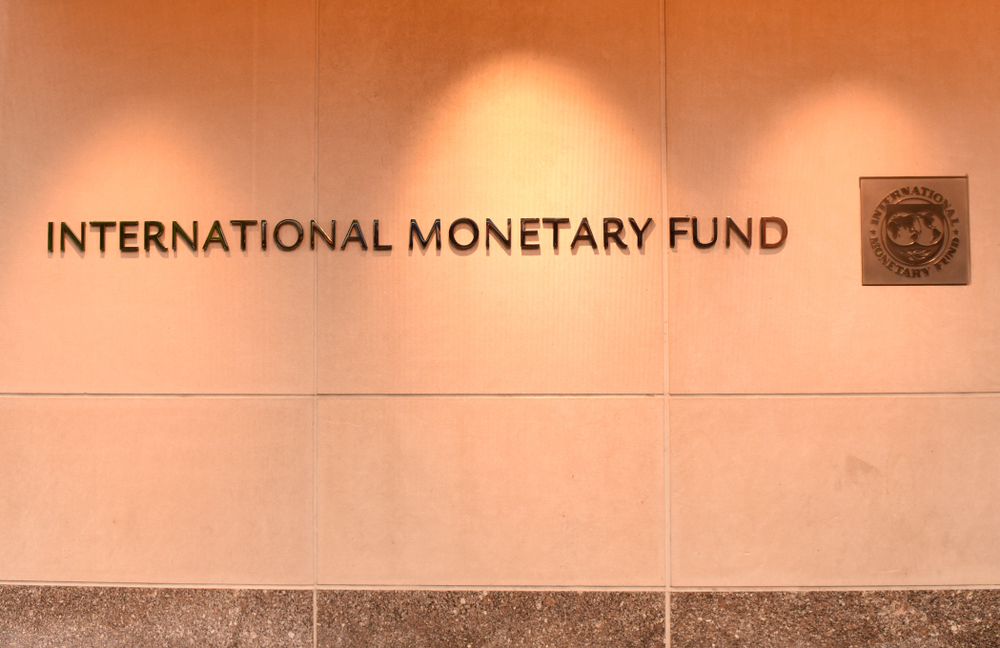
Lack of financial resources
According to an IMF assessment, governments in many developing nations lack the financial resources or political will to meet the educational needs of their citizens.
Some parents in low-income countries have taken matters into their own hands and paid for their children’s education.
In reality, school fees and other user fees are a significant financial hardship for many parents. Such payments can be a temporary, albeit less than perfect, solution to the problem given the alternative of children having no education at all.
Corruption
When it comes to the lack of quality government-funded schools in poor countries, corruption may be a factor.
Government officials may prefer big-ticket items like defense or road construction because they are easier to divert funds to and are more likely to be involved in kickbacks.
Foreign donors, who make up a substantial part of the budgets of poor countries, also appear to favor capital expenditures over recurring educational costs like wages and textbooks.
Just how many school-age children aren’t going to class throughout the world?
Around 113 million children were not attending school as of the end of 2003, according to the United Nations Development Program.
Should governments foot the bill for education?

Because basic education is a legally mandated right and because educating children benefits the entire community, the government should foot the bill, especially for the most disadvantaged.
This responsibility is not met in many poor countries, though.
Are parents in poor countries forced to pay for basic education?
In 77 of the 79 nations surveyed by the World Bank, parents were found to be paying for their children’s basic education.
Various methods of payment are available. Schools may charge fees to finance the wages of teachers and administrators, the purchase of supplies like pencils and textbooks, and the upkeep of the school building and grounds.
As a last resort, parents might pay for their children’s education by donating their time or money to help with school building or upkeep.
Which regions have the worst education systems?
Sub-Saharan Africa, South Asia, the Pacific Rim, and East Asia are home to the vast majority of the world’s impoverished nations.
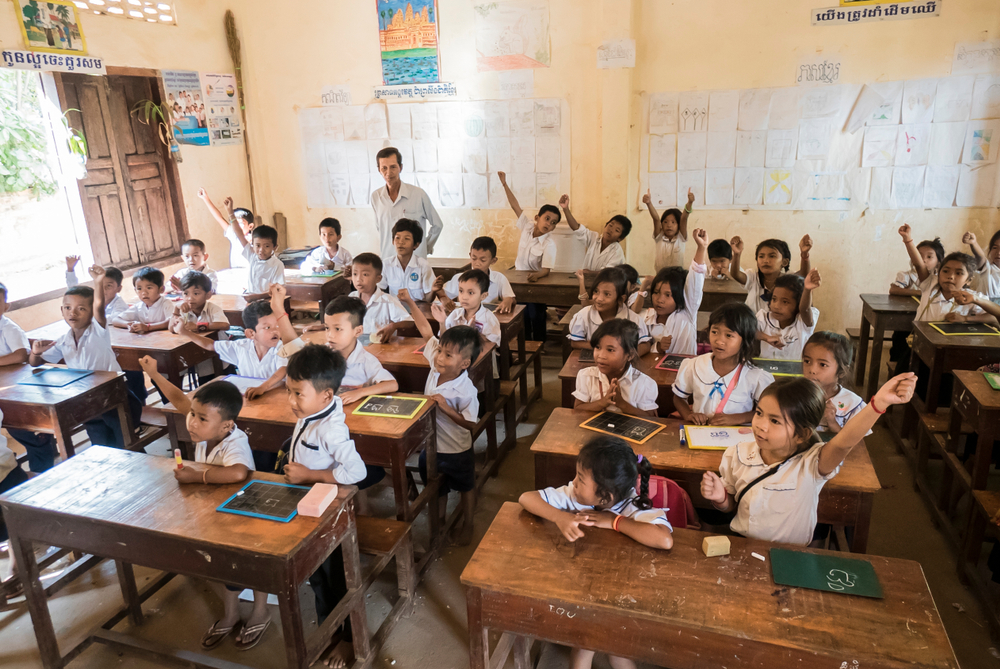
In many places, the number of students attending school is closely linked to the economy.
By 1997, primary school attendance in fast-growing East Asia had reached 99 percent, up from 86 percent in 1980, according to figures from the World Bank.
In 1997, 77 percent of children in South Asia were enrolled in school, a significant improvement over the region’s net enrolment of 64 percent in 1980.
Sub-Saharan Africa is an entirely different matter. The gross enrollment rate declined somewhat between 1980 and 1996 when it was estimated at 54%. There is no data for 1997.
Today, it’s probably around 50%.
Is there a huge education disparity between poor and developed nations?
The gap in educational attainment between rich and poor countries is becoming more and more pronounced.
According to the IMF report, “…it is disappointing to see the differences in educational attainment amongst groups within countries and regions.
Only in nations like Uzbekistan, where universal education has been a longstanding tradition, are poor children just as likely as the affluent to attend school.”
There was a discrepancy of 49 percentage points between the education levels of rich and poor children in Pakistan during the early 1990s, with the former having an attendance rate of 86% and the latter having a rate of 37%.
Countries like Bangladesh, Ghana, and Indonesia have a smaller but still significant income disparity with the rest of the world.
How does supply and demand affect education in poor countries?
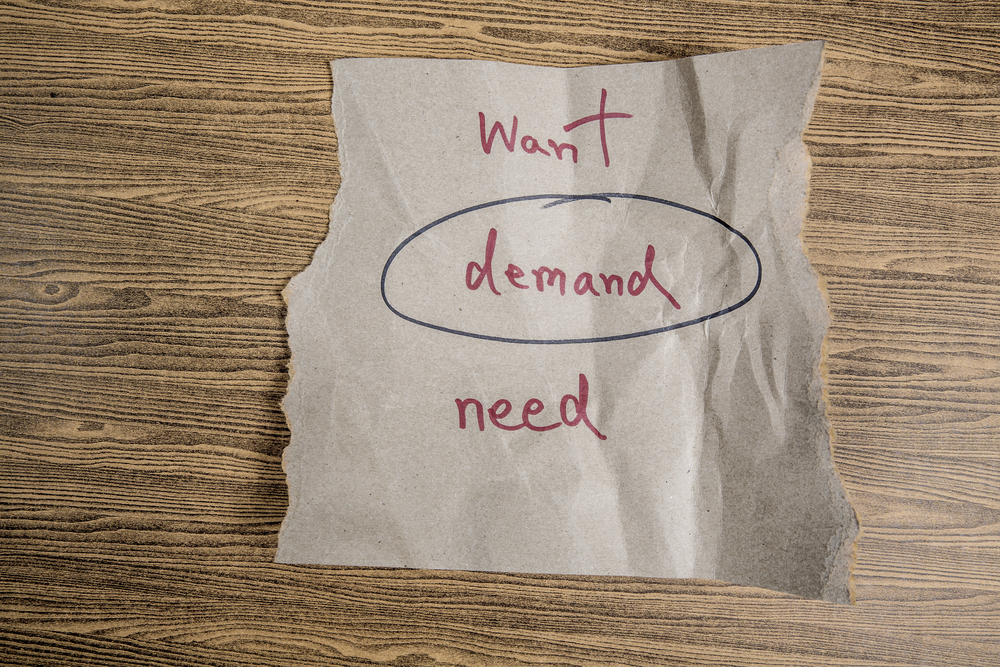
Why are so many children in so many nations unable to receive a basic education? An absence or scarcity of something that is wanted might be caused by either a lack of demand or supply, according to economic theory.
To put it another way, there’s a mix of demand and supply-side issues.
Given that low-income families must first take care of their most basic requirements, such as food and housing, the high cost of education is one evident factor contributing to its low demand.
There may be additional costs for transportation and clothing in addition to tuition, books, and school supplies.
Even if parents could spread the cost of an education over several years, many impoverished people in low-income nations lack access to financing.








